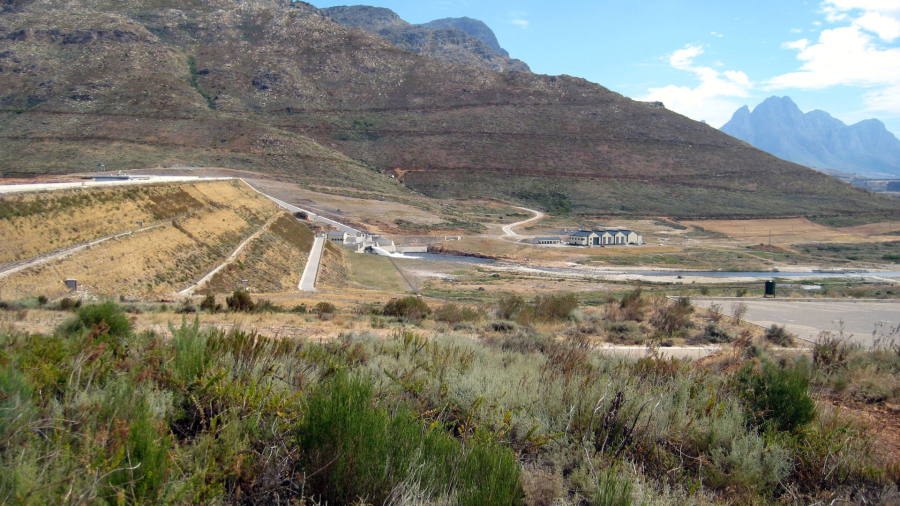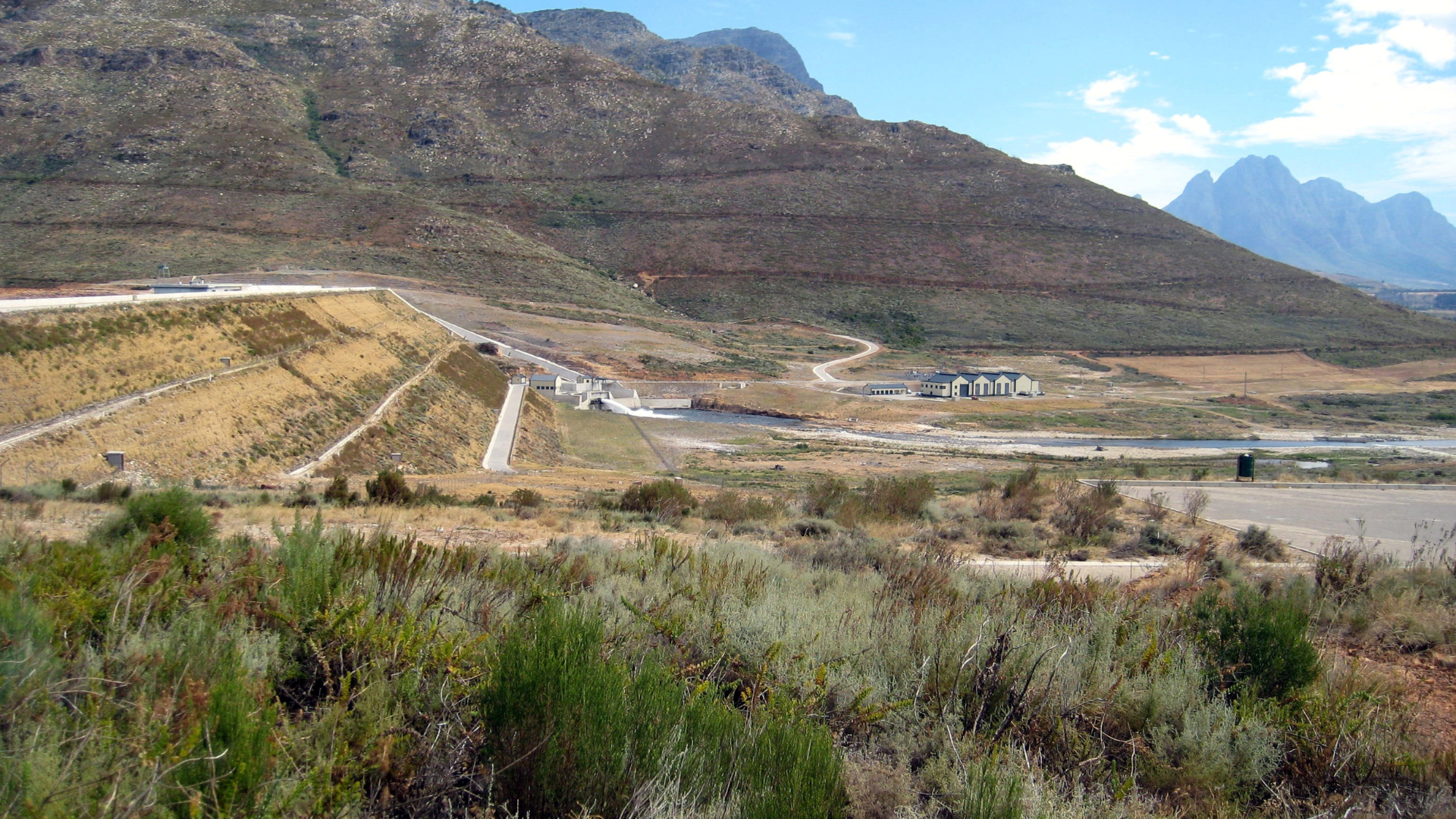
GOOD NEWS: Notable increase in dam levels of Berg River catchment area
The National Department of Water and Sanitation (DWS) welcomed the rains that fell in the Western Cape catchments over the weekend and earlier this week, and the Berg River Catchment area saw a notable increase in dam levels. INDIVIDUAL DAMS REMAIN STABLE, BUT BERG RIVER CATCHMENT AREA SHOWS SIGNIFICANT INCREASE The DWS spokesperson, Wisane Mavasa, said […]

The National Department of Water and Sanitation (DWS) welcomed the rains that fell in the Western Cape catchments over the weekend and earlier this week, and the Berg River Catchment area saw a notable increase in dam levels.
INDIVIDUAL DAMS REMAIN STABLE, BUT BERG RIVER CATCHMENT AREA SHOWS SIGNIFICANT INCREASE
The DWS spokesperson, Wisane Mavasa, said the Western Cape Water Supply System (WCWSS), which consists of six large dams, saw a slight increase of less than 1% in average level this week.
“The WCWSS saw a slight increase of less than 1% on the average level this week, however, a notable increase can be seen in the Berg River Catchment area,” said Mavasa.
ALSO READ: Cape Town dam levels looking better after rainfall
In terms of individual dams, the Theewaterskloof Dam, the largest dam in the province, with a capacity of 480 406 megalitres, remains stable at 55.46% compared to last week’s 55.39%.
Meanwhile, the Berg River Catchment area experienced a notable increase in water levels. The Berg River, Eikenhof, and Stettynskloof dams saw an increase of more than 5% this week.
ALSO READ: Crime Intelligence Constable found guilty of killing his girlfriend
The Western Cape typically experiences significant rainfall during the winter months, but the unpredictability of climate change may alter this pattern. DWS urged water users to continue using water sparingly to ensure water security for the province.
This article was originally published by Storm Simpson.
